Stir-fried mixed vegetables, known in Chinese cuisine as chao su shi jin (炒素什锦), is a vibrant, nutrient-packed dish that celebrates the harmony of textures and flavors. This versatile recipe combines an array of fresh vegetables, often with a hint of aromatic spices and savory sauces, resulting in a meal that is both visually stunning and deeply satisfying. Whether you’re a vegetarian, vegan, or simply someone who loves exploring plant-based cuisine, this dish offers a perfect balance of health and taste. In this comprehensive guide, we’ll explore the art of crafting stir-fried mixed vegetables from scratch, diving into ingredient selection, preparation techniques, and tips for achieving restaurant-quality results at home.
The Essence of Stir-Fried Mixed Vegetables
Stir-frying is a cooking technique that originated in China and has since become a global favorite. It involves cooking ingredients quickly over high heat in a wok or large skillet, preserving their natural crispness, color, and nutrients. The beauty of stir-fried mixed vegetables lies in its adaptability—you can use seasonal produce, adjust spice levels, or incorporate proteins like tofu or tempeh to suit your dietary needs. The dish is often finished with a light sauce made from soy sauce, oyster sauce (or vegan alternatives), sesame oil, and a touch of sugar to balance the flavors.
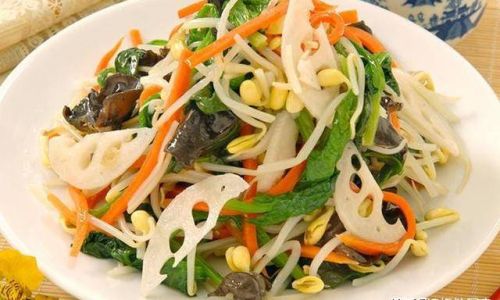
Ingredients: Building Your Vegetable Medley
The key to a memorable stir-fried mixed vegetable dish is selecting a diverse range of vegetables that offer contrasting textures and flavors. Here’s a list of common ingredients, along with substitutions and additions to inspire creativity:
- Cruciferous Vegetables: Broccoli, cauliflower, or bok choy add a hearty crunch.
- Root Vegetables: Carrots, daikon radish, or sweet potatoes provide sweetness and substance.
- Leafy Greens: Spinach, kale, or Chinese cabbage (napa cabbage) contribute freshness.
- Alliums: Garlic, ginger, and scallions form the flavor base.
- Aromatics: Bell peppers (red, green, or yellow), mushrooms (shitake, oyster, or button), and snow peas add depth.
- Protein Boosters: Cubed tofu, edamame, or roasted nuts (cashews, peanuts) for added protein.
- Seasonings: Soy sauce, rice vinegar, sesame oil, and a pinch of sugar or maple syrup.
For a classic twist, consider adding water chestnuts or bamboo shoots for extra crunch, or dried wood ear mushrooms for a slightly chewy texture.
Preparation: The Foundation of Flavor
Before igniting the stove, proper preparation ensures even cooking and maximum flavor. Follow these steps to streamline your workflow:
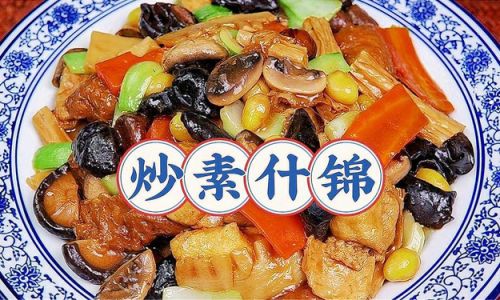
- Wash and Dry Vegetables: Moisture is the enemy of stir-frying. Pat vegetables dry with a clean kitchen towel to prevent steaming instead of searing.
- Uniform Chopping: Cut vegetables into bite-sized pieces of similar thickness to ensure they cook evenly. For example, slice carrots into thin matchsticks, quarter mushrooms, and halve snow peas diagonally.
- Marinate Proteins (Optional): If using tofu or tempeh, press them to remove excess moisture, then marinate in a mixture of soy sauce, cornstarch, and a pinch of pepper for 15–20 minutes. This enhances flavor and prevents sticking.
- Prep Aromatics: Mince garlic and ginger, and slice scallions into 1-inch segments, separating the white and green parts (the white parts are sautéed first, while the green parts are added at the end for freshness).
- Mix Sauce Ingredients: Combine soy sauce, oyster sauce, sesame oil, sugar, and a splash of water or vegetable broth in a small bowl. This ensures even seasoning during cooking.
Cooking Technique: Mastering the Stir-Fry
Stir-frying is a dance of heat, motion, and timing. Follow these steps to achieve perfectly cooked vegetables with a glossy, flavorful sauce:
- Heat the Wok: Place your wok or skillet over high heat until it’s smoking hot. Add a neutral oil with a high smoke point, such as peanut or canola oil. Swirl the oil to coat the pan.
- Sear Aromatics: Add minced garlic and ginger, stirring constantly for 10–15 seconds until fragrant. Avoid burning them, as this will impart bitterness.
- Cook Vegetables in Batches: Start with denser vegetables like carrots and broccoli, stir-frying them for 2–3 minutes until slightly tender. Add quicker-cooking items like bell peppers and mushrooms next, followed by delicate greens like spinach.
- Add Proteins: If using tofu or tempeh, push the vegetables to one side of the wok and add the protein to the empty space. Sear until golden, then toss everything together.
- Pour in the Sauce: Drizzle the prepared sauce over the vegetables and stir vigorously to coat. The sauce will thicken slightly as it simmers.
- Finish with Freshness: Toss in the reserved scallion greens and a drizzle of toasted sesame oil. Remove from heat immediately to prevent overcooking.
Tips for Perfect Stir-Fried Mixed Vegetables
- High Heat is Key: Stir-frying requires intense heat to seal in flavors and textures. Avoid overcrowding the pan, as this lowers the temperature and steams vegetables instead of searing them.
- Customize Your Sauce: Experiment with flavors like hoisin sauce, chili garlic sauce, or black bean sauce for a spicy kick. For a gluten-free option, use tamari instead of soy sauce.
- Balance Textures: Aim for a mix of crisp, tender, and chewy elements. Overcooked vegetables become mushy, while undercooked ones retain a raw edge.
- Garnish Creatively: Sprinkle with toasted sesame seeds, crushed red pepper flakes, or fresh cilantro before serving.
Health Benefits: A Nutritional Powerhouse
Stir-fried mixed vegetables is a low-calorie, high-fiber dish bursting with vitamins and minerals. Here’s why it deserves a spot in your weekly meal rotation:
- Rich in Antioxidants: Colorful vegetables like bell peppers and broccoli are loaded with vitamins A and C, which support immune health.
- Heart-Healthy Fats: A drizzle of sesame oil provides unsaturated fats that promote cardiovascular health.
- Plant-Based Protein: Tofu or edamame adds protein without saturated fat, making the dish ideal for vegan diets.
- Gut-Friendly Fiber: The combination of vegetables and mushrooms aids digestion and promotes satiety.
Cultural Significance and Variations
In Chinese cuisine, stir-fried mixed vegetables often symbolize prosperity and harmony, making it a staple during festivals and family gatherings. Regional variations abound:
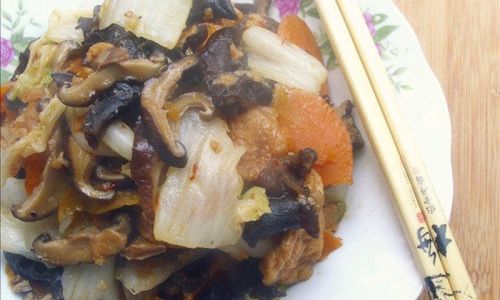
- Sichuan Style: Adds fiery chili oil and Sichuan peppercorns for a numbing heat.
- Cantonese Style: Emphasizes freshness with minimal seasoning, often served with oyster sauce.
- Buddhist Temple Cuisine: Omits garlic and onions, relying on mushrooms and bamboo shoots for umami.
Serving Suggestions
Stir-fried mixed vegetables pairs beautifully with:
- Steamed jasmine rice or quinoa.
- Noodle dishes like chow mein or lo mein.
- Fried rice or cauliflower rice for a low-carb twist.
- As a filling for lettuce wraps or spring rolls.
Common Mistakes to Avoid
- Overcrowding the Pan: Cook in batches if needed to maintain high heat.
- Skipping the Sauce: The sauce ties the dish together—don’t omit it!
- Underseasoning: Taste and adjust seasonings before serving.
- Using Stale Spices: Fresh garlic and ginger elevate the dish’s aroma.
Conclusion: A Dish for Every Occasion
Stir-fried mixed vegetables is more than just a meal—it’s a celebration of nature’s bounty. With its balance of flavors, textures, and colors, this dish appeals to the senses while nourishing the body. Whether you’re a seasoned home cook or a novice in the kitchen, mastering this recipe opens doors to endless culinary creativity. Experiment with seasonal produce, tweak the sauce to your liking, and savor the joy of creating a dish that’s as wholesome as it is delicious.
So, grab your wok, sharpen your knife, and embark on a flavorful journey. Your taste buds—and your health—will thank you.
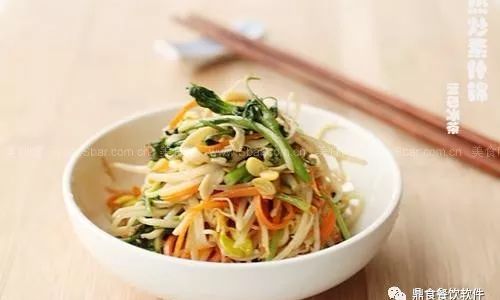
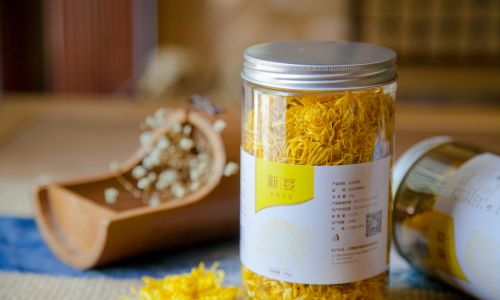

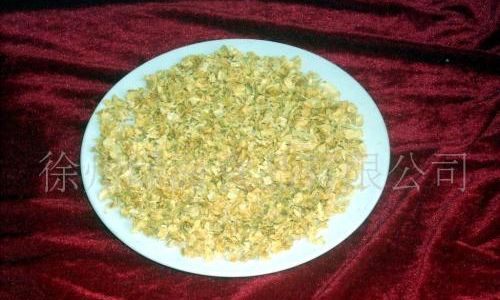



0 comments